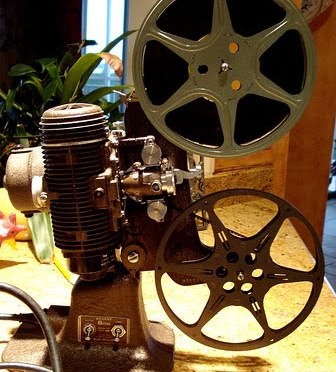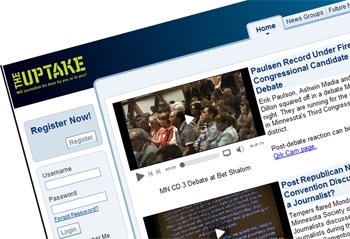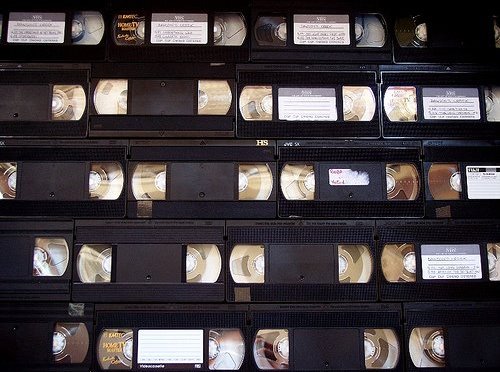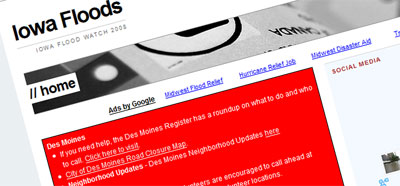Three items happened in the past week that made me think that I stepped out of a time machine rather than the bus.
1. The Beatles had their albums reissued on CD
2. The iPod Nano update included a FM radio
3. The Chevy Volt electric car will now include a hitch so that it can be pulled by horses
OK, one of those things is silly. The other two are just bewildering.
The Beatles catalog of albums was reissued on 090909. [Yes, clever, Revolution No. 9]. This is of interest, from my perspective, for two reasons.
First: In the late 1980s, the Fab Four’s albums were all issued on CD, just like all of the other rock giants – Elvis, the Stones, etc. And there was mixed response. That was fairly early in the world of the CD; people were starting to get the hang of properly mastering for the medium. Prior to that, things were mixed and mastered with LP or cassettes in mind, leaving the CDs sounding thin compared to the old LPs everyone was used to hearing.
The record companies and artists [or their estates] realized this, and reissued the entire catalog of other major selling artists once again, twice, or even three or four times over. While working in a record store in college, I witnessed on a few occasions complete reissues of all of the albums of both Miles Davis and KISS [to mention a couple of disparate examples]. Add a bonus track, add a new set of liner notes, better the sound, and you have money in the wallet. Easy peasy. Not so with the Beatles.
The Liverpool Lads had to wait for quite some time before the catalog was given a more just edition. The audiophiles and Beatlemaniacs will be buying these, and folks that missed them the first time around, but there is another group that will not. THE KIDS.
We have talked about it here in the past, and album sales reinforce this time and again. Kids consume tons of music. Kids aren’t lining up for CDs anymore. Kids will, however, buy the video game that features those songs. Smart move with the Rock Band thing.
Even Apple is feeling the heat when it comes to the decline in music sales. In a bid to remain relevant, they announced, also on 090909, that the iPod Nano would now include an FM tuner. I thought it was a nice feature on the Zune, when it rolled out. I am sure it was a selling point for the seven or eight people that bought Zunes. But for the newest iPod? Seems a little late for the party.
Paid Content ran a piece about this very situation, citing a Forrester study.
I am well aware that the user base for the iPod Nano is larger than non-CD-buying teens, but Apple is a company that has staked its claim on the cutting edge.
All of this leaves me as bewildered as if Chevrolet would have actually put a horse hitch on the Volt.
The Beatles catalog should have been reissued properly years ago. And the iPod should have included an FM tuner from the start. The question remains — why now?









